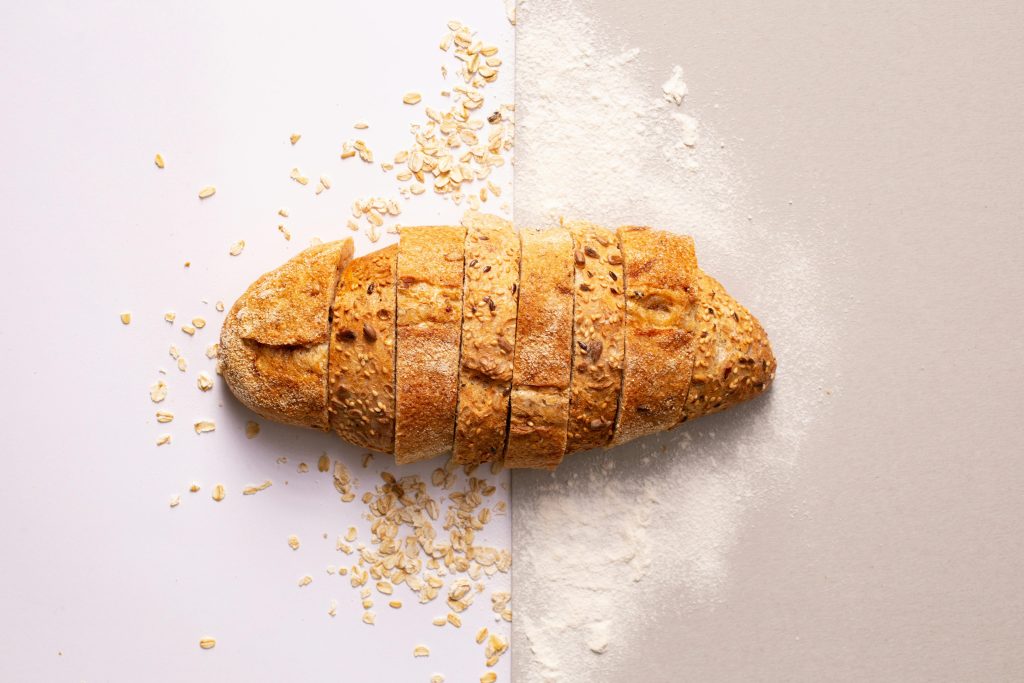
I’ve been baking bread long enough to know that the dough will always have its own ideas, no matter what the recipe promises. If you’ve ever pulled a stubborn, flat loaf from the oven, well, join the club. Honestly, I sometimes wonder if dough’s just here to teach us patience (and, every now and then, humility).
Let’s start with a little confession: I used to think measuring flour was a quick flick of the cup and off you go. Oh, how wrong I was, a kitchen scale is your best friend, but if you don’t have one (I managed for years with just spoons and hope), fluff up that flour first and level it gently—no packing it down, no matter how tempting. Bread flour, with its heartier protein content, really does make a difference for a chewy crumb, but I promise, I’ve managed plenty of decent loaves with plain old all-purpose on days I just couldn’t face another trip to the shops.
Now, yeast. My goodness, yeast can be a little diva. If it’s been lurking at the back of your pantry since last winter, do yourself a favour and check it’s still lively. I like my water “baby bath” warm, and having gone through my water filter (germophobe, I can’t help it). And please, keep salt and yeast apart at the start; I have repeatedly ruined whole batches, costing $100’s, by letting them cosy up too early.
Kneading can be a workout—good for the arms and, I suspect, the soul. Not enough and the dough sulks; too much and it turns into a stubborn brick. I always do the windowpane test: if you can stretch a bit of dough until light comes through without tearing, you’re on the right track. If not, well, time to knead a little more (and maybe grumble a little, too).
Proofing’s another old chestnut. On chilly mornings, my dough takes its sweet time, and I’ve learned not to rush it. If you poke the dough and it slowly springs back, you’re close. And don’t be afraid to jot down what you did, what worked, what flopped, progressive overload is a term mostly used in the gym, but apply it to your baking. Trust me, I’ve learned as much from my lopsided loaves as from my best ones.
Here is a quick summary for the people like myself who cannot extract info from bulky paragraphs:
- Expect Surprises:
Dough often ignores instructions, so patience is baked in. - Measuring Flour:
Fluff and gently level your flour—no shortcuts. - Bread Flour Matters:
Bread flour’s best, but I’ve used whatever’s handy. - Check Your Yeast:
Always check your yeast’s in the mood to work. - Warm, Filtered Water:
Use warm, filtered water if you can. - Salt and Yeast:
Keep salt and yeast apart at first, or pay the price. - Kneading:
Knead till the dough stretches thin without tearing. - Proofing:
Let it rise on its own time; a slow spring-back poke means ready. - Track Progress:
Note down wins and flops—every loaf teaches you something.